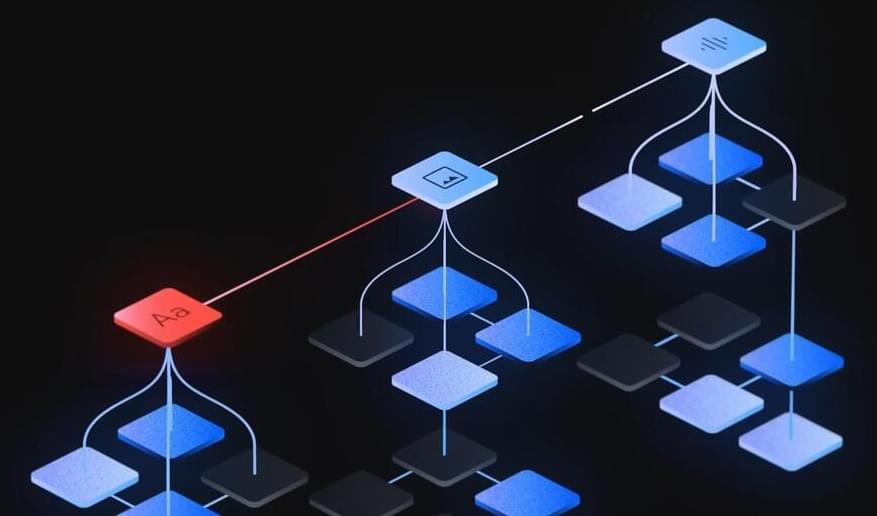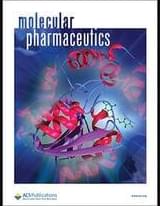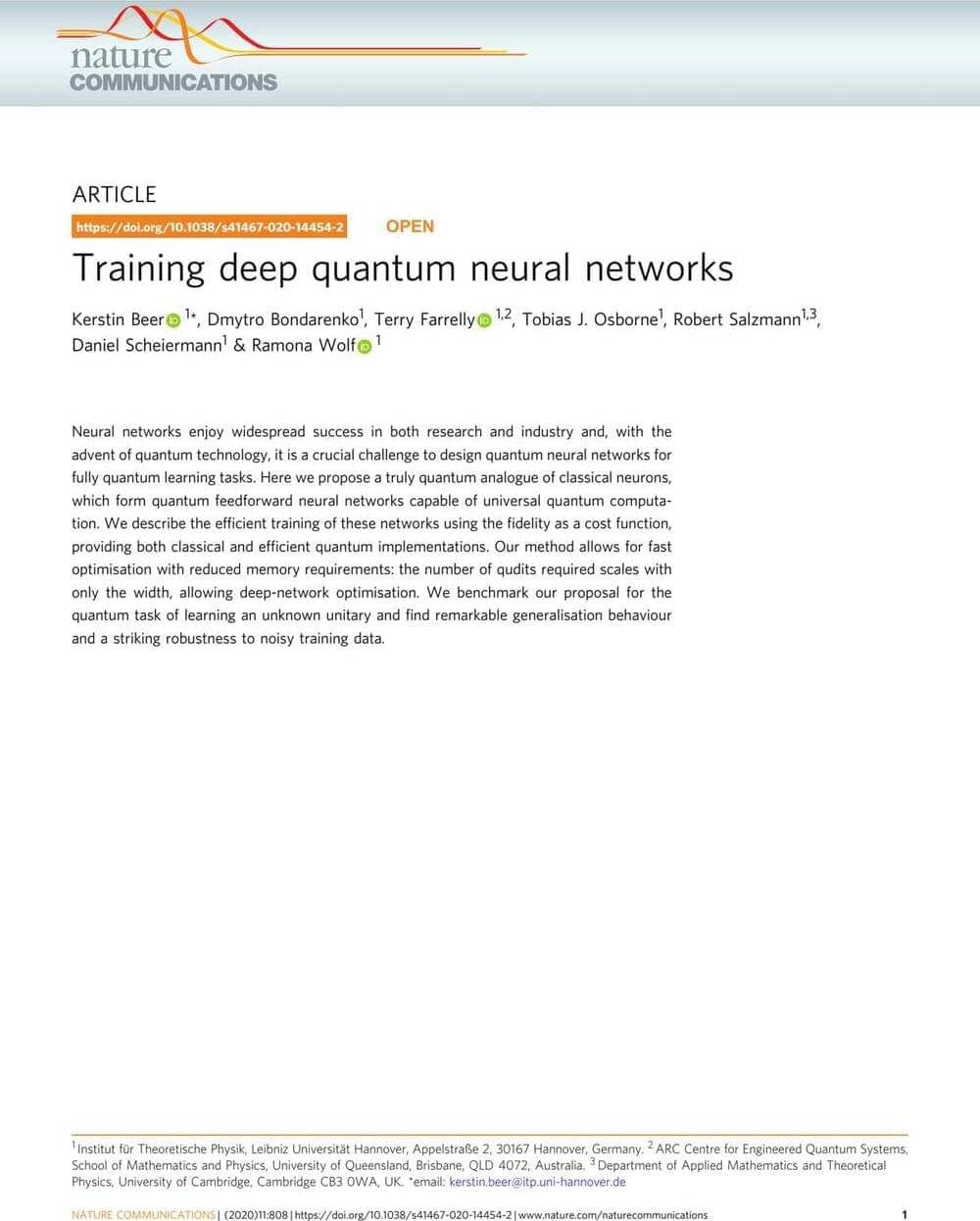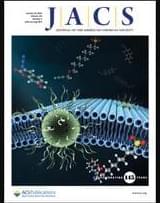When it comes to delivering drugs to the body, a major challenge is ensuring that they remain in the area they’re treating and continuing to deliver their payload accurately. While major strides have been made in delivering drugs, monitoring them is a challenge that often requires invasive procedures like biopsies.
Researchers at NYU Tandon led by Jin Kim Montclare, Professor of Chemical and Biomolecular Engineering, have developed proteins that can assemble themselves into fibers to be used as therapeutic agents for the potential treatments of multiple diseases.
These biomaterials can encapsulate and deliver therapeutics for a host of diseases. But while Montclare’s lab has long worked on producing these materials, there was once a challenge that was hard to overcome—how to make sure that these proteins continued to deliver their therapeutics at the correct location in the body for the necessary amount of time.








